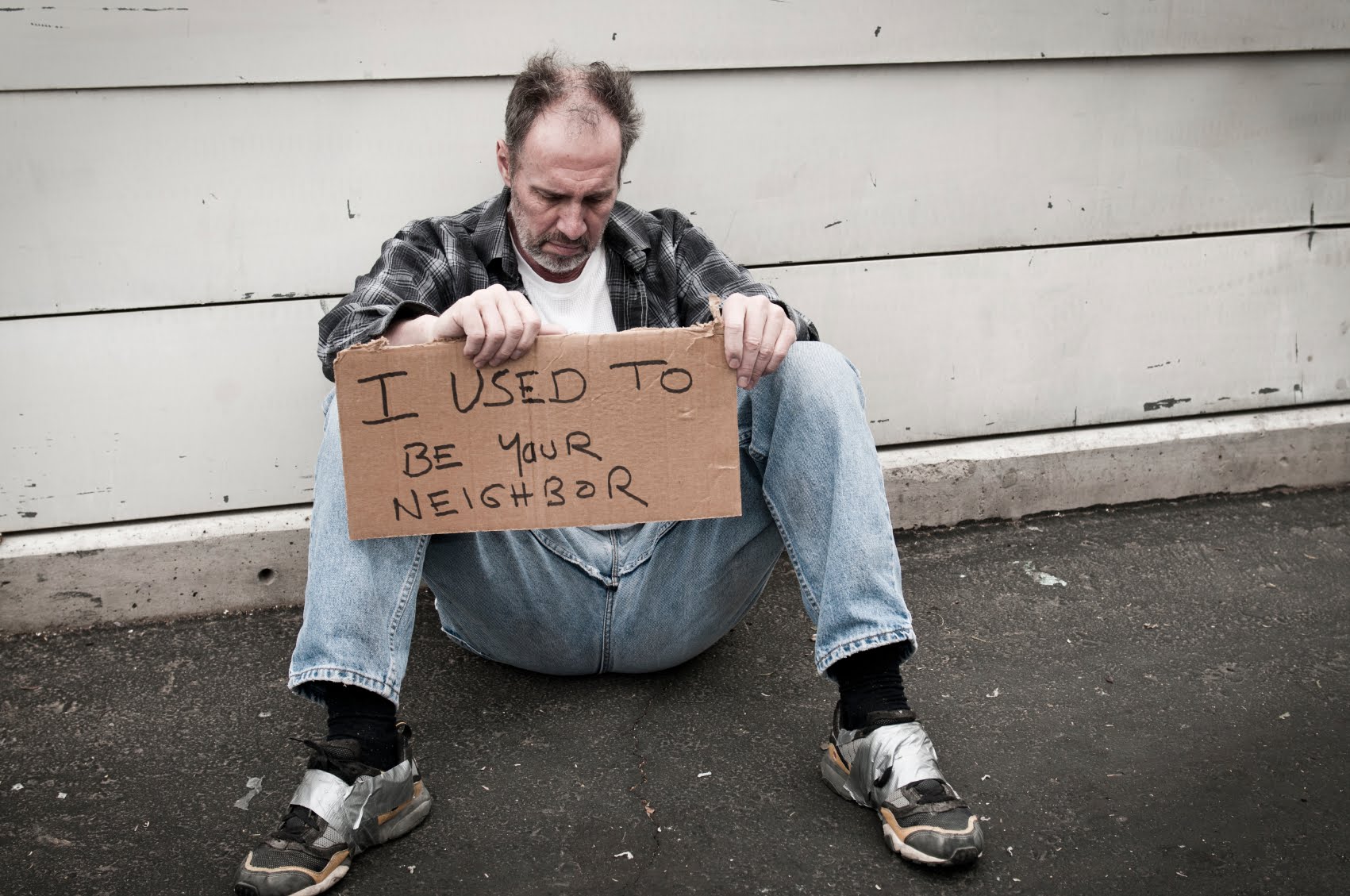Dealing with Trinidad’s homeless problem
by Bill Knowles
TRINIDAD — As The City of Trinidad struggles with the specter of an increasing homeless population, a team in Trinidad has looked at and is building a plan that might offer a partial solution to the problem. But defining the problem is proving to be as difficult as finding a solution.
Since the homeless are transient, a hard and fast number is almost impossible to come up with. By the end of 2017, the US had over 500,000 people who were homeless, with over one-third being children. Around 40,000 of them are veterans.
In the midst of this, local cities and some states have been looking for ways to deal with the growing number of homeless that move through the urban areas looking for some kind of relief from and already hopeless situation.
Trinidad City Councilman Carlos Lopez, Mallory Pillard, and Trinidad City Manager Greg Sund have been looking at a possible solution to the problem in Trinidad, which has grown worse over time.
The idea is something that Lopez has been working on over the past several months. He spoke uring the Feb. 20 Trinidad City Council meeting, asking that they hold a meeting with the professionals that have been working on the homeless issue in the state and ask questions.
The idea is similar to the way the city and several partners have put together the Space to Create project for Trinidad.

Building the Idea
Lopez’s plan is built around the idea of ‘permanent supportive housing’, an affordable housing situation very similar to what is already in operation with the housing authority in Trinidad. There is a difference. The proposed housing facility is similar in that a person has to have a lease and pay up to 30% of their earned income. The difference is the facility will have a mental and behavioral health facility, a drug rehabilitative facility on-site, and a possible future permanent life skill development center that will be added later. “So that way individuals who start to turn their stars around can have the benefits of resume building skills and interviewing skills…so that way they can be considered one of those individuals that would leave the facility because they needed it for just a little bit,” said Lopez.
However, not everyone is going to leave. For some people it will be their forever home, and just like the Trinidad housing authority deals with people in low-income situations, this idea deals with people who are chronically homeless.
Part of the understanding that formed the idea is the Maslow theory, which states a person can’t attain certain levels of success unless they have their basic necessities met. Those core survival necessities such as food, shelter, and clothing have to be met.
“There is a hierarchy within that food chain and that is what the program will help take care of with those people in our community most in need,” Lopez noted.
So where does it go?
The team first looked at Trinidad Catholic as the shelter mainly because it has a downtown location, there is no residential housing around it, and it’s close to the library, Safeway, the Soup Kitchen, and the Colorado workforce center.
However, after meeting with Dana Crawford in Denver during the legislative days, the team learned that there was going to be a brewery located inside the old Snyder brewery, a location close in proximity to the Trinidad Catholic School. “I felt that would be detrimental to helping these people who are alcoholics. Having a brewery right outside their front door would not behoove them,” Lopez said.
That’s when they found the East St. Street School was no longer under contract and started looking at that.
Funding the Idea
But where will the funds come from to purchase the building and refurbish it into a livable shelter and then to sustain the program?
“The city is not being asked for any funding. In fact they will have to put in very little if any at all,” said Lopez.
In the current atmosphere, programs such as this aren’t something that’s typically brought on by city governments. Programs such as this are now being enacted by nonprofits and the private sectors in communities across the state.
The financial structure for funding comes from the Colorado Housing and Finance Authority (CHFA) who issues tax credits. It was CHFA tax credits that will be used to finance the Space to Create/Art Space collaboration.
Once those tax credits are issued, they go to the developer and their investors. The tax credits are sold on the market, and the funds raised by the sale go to financing the program at the developers end.
There is also another form of financing, which are Historic tax credits. Because the East St. School is an old Ratt Brothers building, it is a registered as an historic landmark that’s another avenue being pursued for funding.
To sustain the project, just like the housing authority here, vouchers will also be used. The federal and state government provide the vouchers. So the money is there are for sustainability and the monies for the developer and investors is also there.
Then finally there is the problem of site acquisition. Those monies are coming from the Department of Local Affairs Division of Housing, which has been granted $15.3 million in perpetuity from the Joint Budget Committee.
“Some may say, ‘Well what if those tax dollars go away?’ We can always say that and speculate about revenue, that money could always go away. So right now I want to take advantage of it to acquire the site East Street School from the owner,” said Lopez.
How would it move forward?
An application to the Department of Local Affairs (DOLA) the Division of Housing will need to be filled out. “This is a program they are willing to green light for Trinidad. There is still an RFH (Request for Housing) that needs to be provided for technical reasons, which will allow us to acquire this correctly so we’re not kicking out another group that may be in line.”
The Pueblo Rescue Mission is one entity that’s doing this in Pueblo. Then there is behavioral and mental health facility in Montrose that wants to improve upon what they already have. There’s another one in Greeley called The Guadalupe, which because of its success, is looking at starting another facility there due to a larger population and increased demand for the services offered.
Denver is also enthused about the idea. “They see how much worse it (the homeless situation) is in Denver. We have a small taste of how bad it is. And our taste is more with the aesthetic annoyance issue. People don’t like panhandlers or transients. The homeless linger in the winter because they don’t travel to warmer climates like Arizona or New Mexico. We do have a (homeless) population here,” said Lopez.
Working with both a transient population and funding that can be just as transient requires ideas such as this to be worked out quickly. Though our winter has been relatively mild winter so far, it could always turn frigid. Summer can be just as unforgiving in its heat as winter can be in its cold. Either way, people without shelter suffer.





